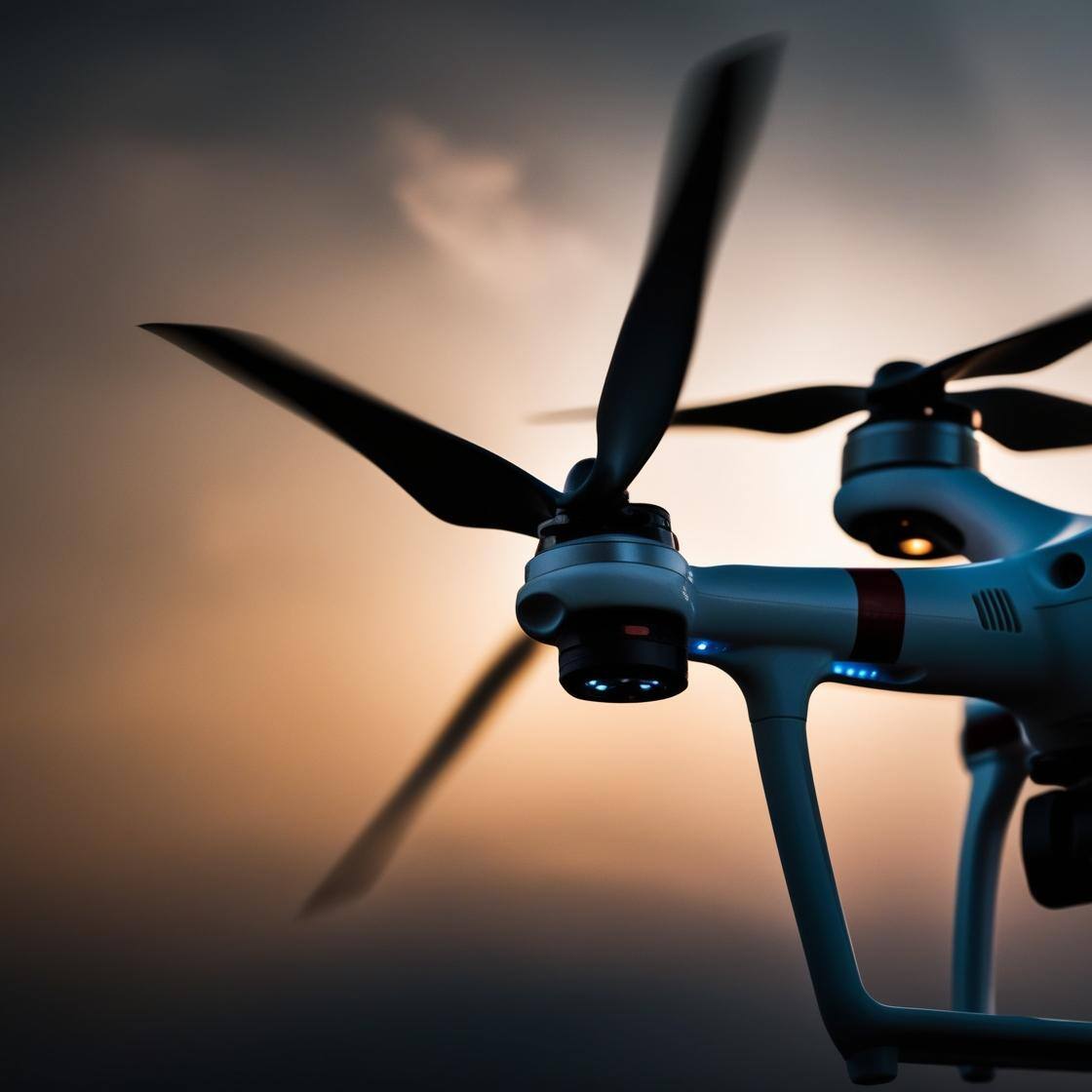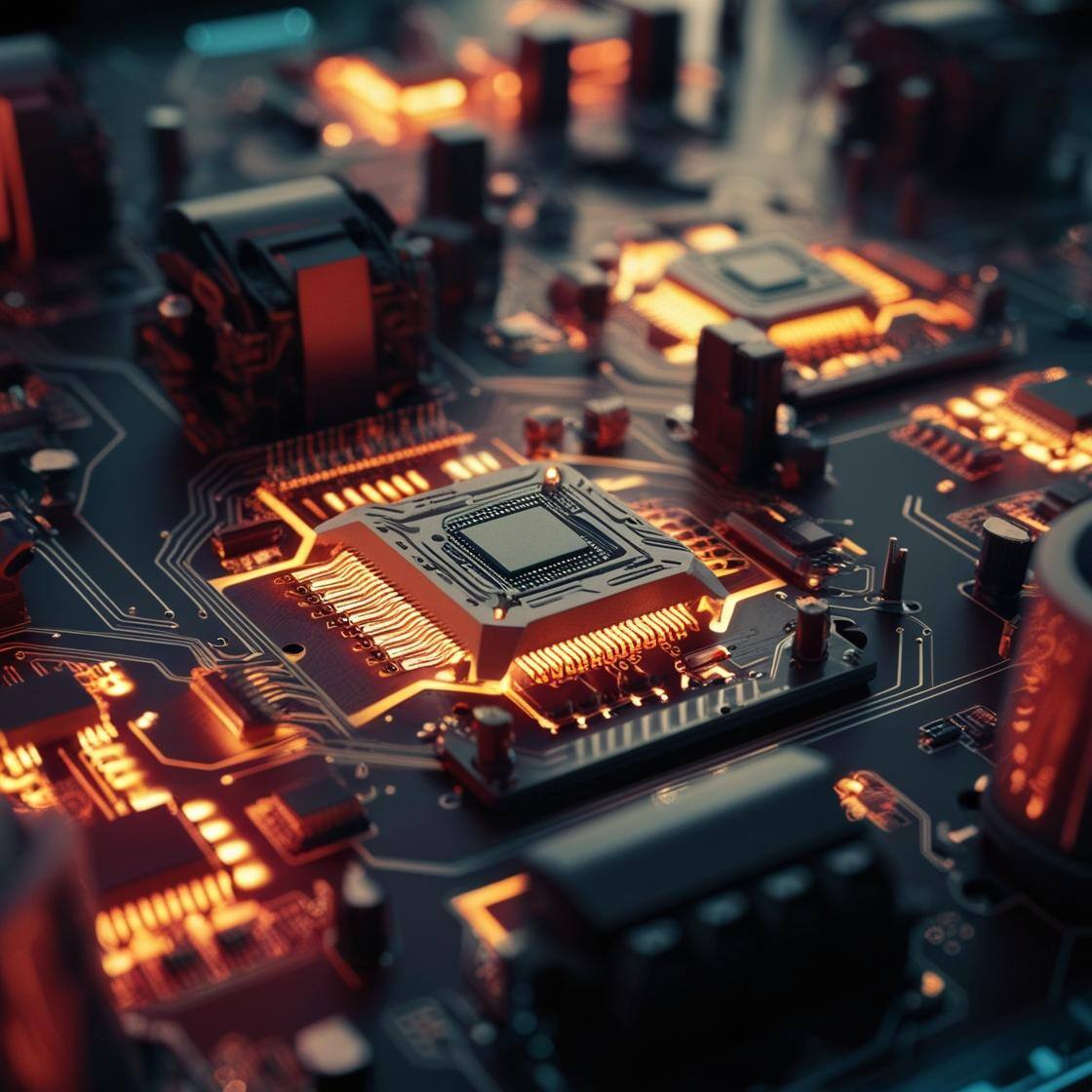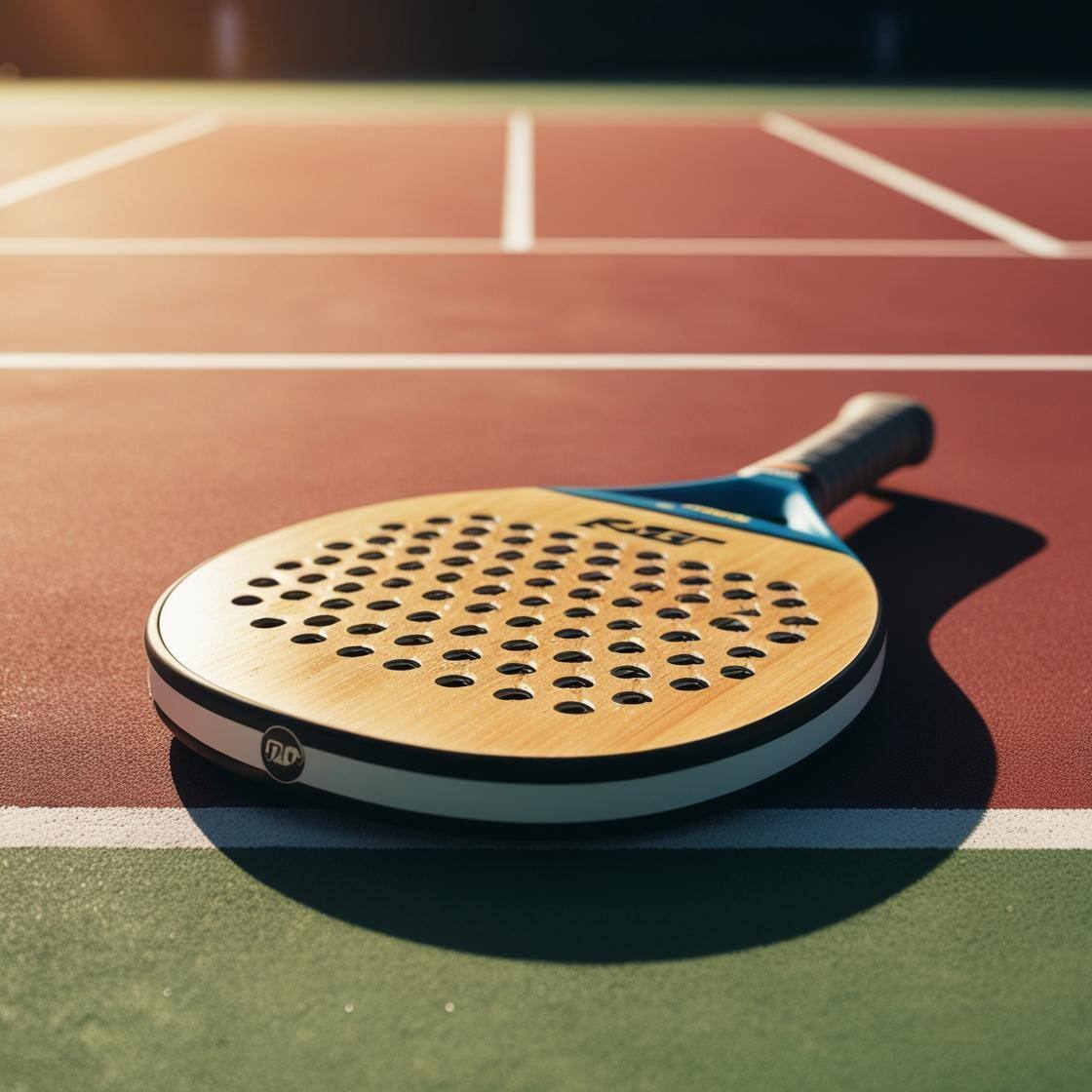6 min read
3D Printing and Nanotechnology
3D printing and nanotechnology are two fields of research and innovation that, at first glance, might appear worlds apart. The former focuses on...

In the ever-expanding and dynamic landscape of drones, the demand for customisable and high-performance components is continually growing. One of the key elements in the design and optimisation of any drone is the propeller, as it directly affects stability, efficiency, manoeuvrability, and payload capacity. Within the field of additive manufacturing, 3D printing emerges as a powerful and flexible tool for developing tailored solutions, enabling designers and companies to rapidly and precisely test innovative geometries and materials. The use of materials such as versatile resin and PA11 nylon allows for the experimentation of propeller configurations that would be complex or even impossible to produce using traditional methods. This article explores how these two materials can revolutionise drone propeller manufacturing, examining their advantages, technical features, and potential applications in both industrial and hobbyist contexts.
The design phase of propellers plays a critical role in creating a functional and reliable drone. It is not merely a matter of selecting the shape and length of the blades but also carefully evaluating the airfoil profile and angle of incidence, as both significantly impact lift and aerodynamic resistance. In recent years, CAD software has evolved into a tool capable of simulating airflow and mechanical stress. However, before proceeding with mass production, it is always necessary to test prototypes in real-world conditions to assess their performance and identify potential design improvements. This is where 3D printing becomes invaluable, allowing for the rapid production of various propeller iterations while efficiently adjusting parameters such as blade width, thickness, and curvature. Combined with virtual analysis techniques, rapid prototyping helps identify solutions that best balance speed, stability, power, and energy consumption.
Material selection for 3D-printed propellers is as crucial as the design phase. Propellers are subjected to centrifugal forces, torsional stresses, and vibrations, in addition to potential impacts during landings or collisions. An unsuitable material could deform, break, or wear out quickly, compromising the drone's performance. Therefore, properties such as rigidity, impact resistance, lightweight characteristics, and dimensional stability must be considered. 3D printing allows these aspects to be customised to a high degree by selecting the most suitable materials for a specific application. Versatile resin and PA11 nylon are two materials that effectively meet industry requirements, each offering distinct characteristics worth analysing in greater detail.
Versatile resin, often used in 3D printing technologies such as stereolithography, is distinguished by its excellent detail definition and a well-balanced combination of rigidity and ductility. This material may have various commercial names, but its fundamental nature remains consistent: it is a photopolymeric resin that, once cured, acquires a stable and durable structure, making it suitable for prototypes requiring smooth surfaces, fine details, and a certain degree of robustness. In the context of drone propellers, versatile resin offers a crucial advantage: dimensional precision. To achieve optimal aerodynamic performance, a propeller must have homogeneous and balanced profiles with very tight tolerances. A high-quality resin, printed using technologies capable of micron-level resolutions, ensures these tolerances are met, minimising asymmetries or surface imperfections that could generate unwanted turbulence or vibrations.
Another significant characteristic of versatile resin is the possibility of achieving a professional-grade finish. A propeller with a smooth and flawless surface enhances aerodynamic performance while reducing noise and energy consumption. Although resin can attain good rigidity, it is sometimes less flexible than other technical plastics, which may be a limitation in cases of repeated impact or prolonged stress. However, for small to medium-sized drones or those requiring functional prototypes within a short timeframe, resin proves to be an appealing choice. The post-curing phase, when carried out with precision, further reinforces the component’s strength and stabilises its mechanical properties, ensuring that propellers printed with this material remain reliable under various flight conditions.

PA11 nylon represents an equally valid, if not preferable, alternative in applications where robustness and flexibility are crucial. Polyamide 11 is often associated with Multi Jet Fusion (MJF) technology. This process produces parts with excellent mechanical strength, capable of withstanding significant stresses while maintaining a degree of elasticity. A propeller made from PA11 tends to flex slightly under stress rather than fracturing suddenly, making it ideal for demanding applications or potential mid-flight impacts. Additionally, PA11 nylon offers strong chemical and mechanical resistance, increasing the overall lifespan of the propeller and enhancing its performance.
Compared to other techniques, MJF printing also allows for the production of components with complex geometries without the need for additional supports during manufacturing, as the surrounding powder acts as a natural scaffold. This paves the way for innovative propeller designs, with blades optimised for maximum aerodynamic efficiency. Another advantage of PA11 nylon is its low friction coefficient, which reduces noise during flight—a particularly desirable feature in civilian and professional drone applications operating near urban areas. This noise reduction, combined with the ability to minimise vibrations and motor strain, makes PA11 a popular choice for high-end customised propellers.
When deciding between versatile resin and PA11 nylon, it is essential to consider the intended use of the drone. An experimental aircraft developed for aerodynamic testing and rapid prototyping might benefit from the precision and impeccable finish offered by versatile resin. On the other hand, an operational drone intended for inspection missions, mapping, or long-duration video recording may derive greater benefit from the durability of PA11 nylon, which is better suited to withstand extreme conditions and repeated stresses.
Another significant advantage of 3D printing is on-demand production, which allows for the manufacture of only the required propellers, avoiding stockpiling and optimising costs. For companies and specialised services like Weerg, this flexibility is a crucial added value, enabling rapid responses to customer demands. If a team of engineers designs a new propeller geometry, they can send the 3D file to Weerg and receive the finished product within days, ready for testing. Should the test indicate necessary modifications, adjustments can be made to the digital file and the process repeated, significantly reducing development time compared to traditional moulding methods. Additive manufacturing thus becomes a driver of innovation, fostering a continuous cycle of improvements without waste or lengthy production setups.
Beyond the technical advantages, it is interesting to note how 3D printing for drone propellers is contributing to the development of a broader ecosystem of enthusiasts, start-ups, and established companies. The design freedom offered by additive manufacturing allows developers to create niche solutions tailored for specific filming, aerial racing competitions, or surveillance missions in extreme environments. Consider underwater drones or those operating in harsh climatic conditions: the ability to produce bespoke propellers opens up new frontiers of exploration and application, transforming limitations into opportunities for advancement. Companies that embrace this experimental mindset benefit from a rapidly expanding market, not only in terms of finished commercial products but also in offering design consultancy, printing services, and material optimisation.

In the near future, we can expect even greater advancements in 3D printing technologies for drone applications, with more advanced materials and increasingly precise machinery. The combination of Computational Fluid Dynamics (CFD) simulations, artificial intelligence, and additive manufacturing will enable the creation of bio-inspired propeller designs or complex parametric geometries, progressively enhancing performance and reliability. Even the integration of wireless sensors within propellers—once considered science fiction—could become a reality, allowing real-time monitoring of temperature, vibrations, and mechanical stresses. In this evolution, versatile resin and PA11 nylon will continue to represent two solid and reliable options, though ongoing research in polymers, composites, and nanotechnology is likely to further expand the range of available materials.
Weerg, always attentive to customer needs and technological advancements, offers the ability to manufacture custom propellers using a variety of materials, including versatile resin and PA11 nylon, while providing technical consultancy and support throughout the process. From design and material selection to post-processing, the goal remains to guide designers, hobbyists, and companies towards high-quality results with competitive costs and lead times. Those entering this sector can therefore rely on a trustworthy partner capable of transforming a digital file into a key component for drone success, whether for initial experimentation or small-scale production.
Conclusion
Ultimately, 3D printing for drone propellers marks a turning point for the lightweight aviation industry and drone enthusiasts alike. The ability to quickly test new geometries, combined with the selection of high-performance materials such as versatile resin and PA11 nylon, enables designers to tackle engineering challenges that would otherwise be inaccessible. From initial prototyping to the final product, the entire process becomes more streamlined and responsive, allowing ideas to take shape within hours or days rather than months. For professionals, this means staying ahead of trends and pioneering innovative market solutions. For hobbyists, it opens the door to continuous experimentation, where a passion for flight meets the limitless opportunities offered by additive manufacturing.

6 min read
3D printing and nanotechnology are two fields of research and innovation that, at first glance, might appear worlds apart. The former focuses on...

6 min read
Padel has seen exponential growth in Italy and worldwide in recent years. A glance at sports clubs in major cities and smaller towns alike reveals an...

6 min read
The game of chess boasts a history spanning millennia, seamlessly merging art, strategy, and culture into a singular experience that has captivated...